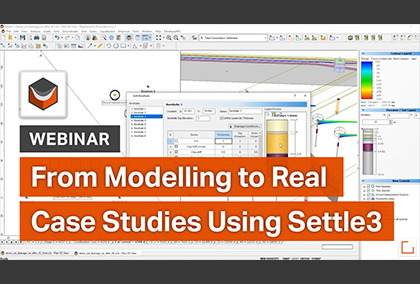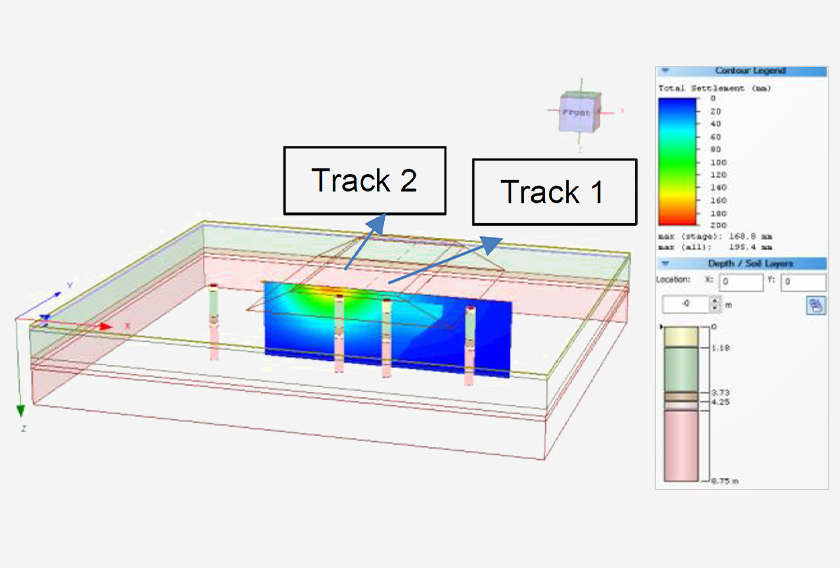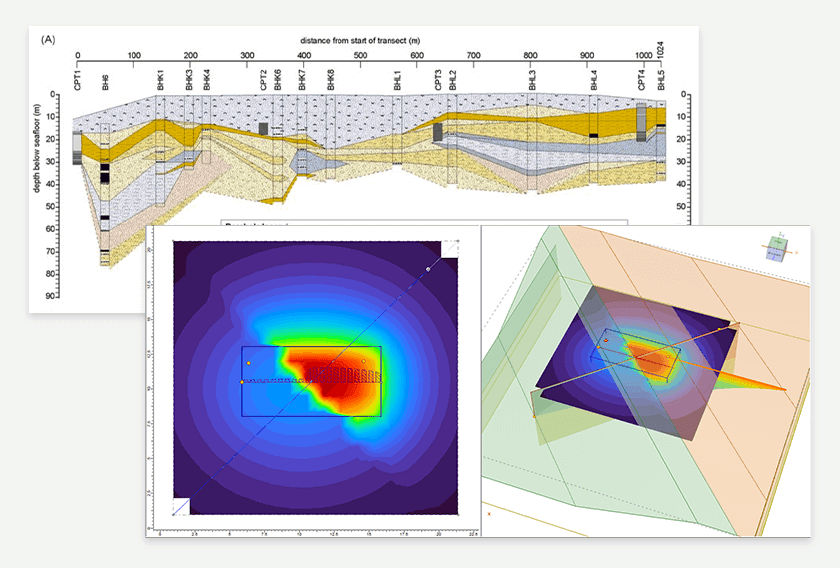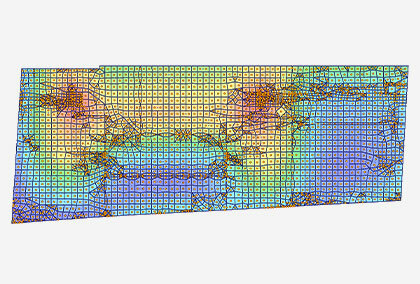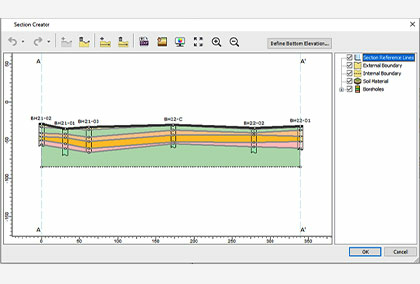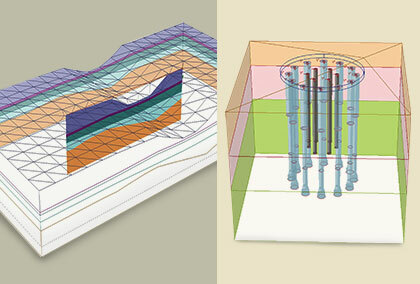Capturing Non-Horizontal Surface Loads using Settle3
When performing settlement analysis, having the flexibility to model your projects as accurately as possible will help you better capture your soil’s behaviour. Another feature that has been requested by Settle3 users has been the ability to apply loads on a non-horizontal surface.
What does the feature do?
Settle3 will allow you to define loads that have a different elevation at the vertices or geometry that needs to be placed on top of non-horizontal ground surface. You can define polygonal loads with different variable of vertices, which allows you to simulate different stress distribution along different depth of loads applied for different sections of the loads. Furthermore, variable loading can be applied for different stages, allowing you to analyze staged construction with variations in the geometry’s depth/elevation.
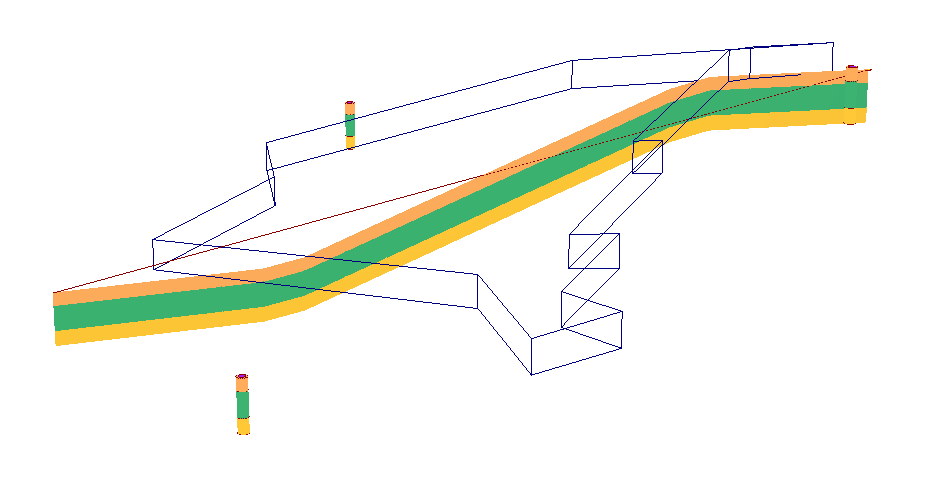
Capturing Differential Settlement
The program will calculate the equivalent stresses distributed along different depths of the ground surface for the regions of the applied loads. This analysis is meant to be used for vertical settlement of the loads and is effective in capturing differential settlement due to the effect of loads applied at different elevations or depths.
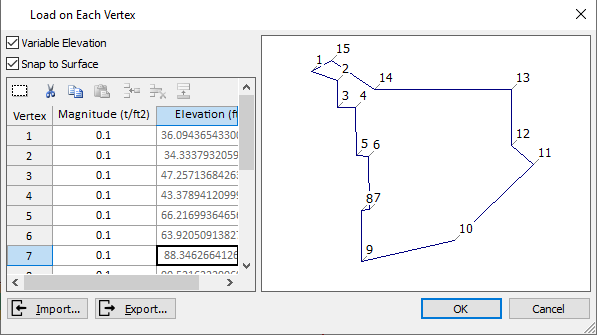
This feature is relevant for a variety of applications including embankments, fill loads or foundations on non-horizontal or sloped surfaces, road structures on slightly inclined ground surfaces, or even excavations that don’t have flat surfaces. Excavations can be analyzed to see the impact of negative stress effect for non-horizontal excavation, to identify areas to avoid or trenches.
How you’ll benefit from the latest version
You’ll get more flexibility to define loads that needs to be placed on top of ground surfaces that are not horizontal.
Be able to better capture differential settlement in your projects.
